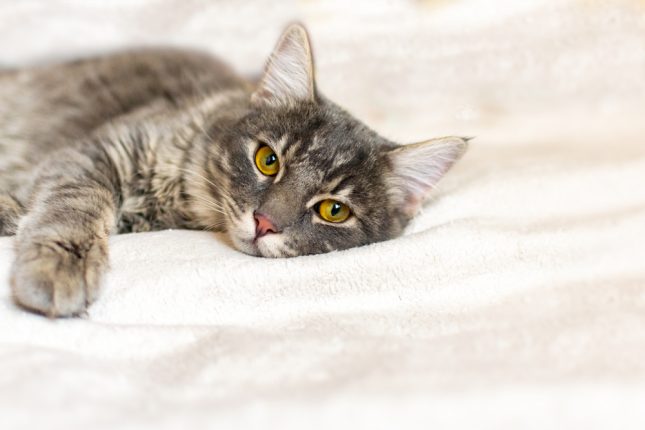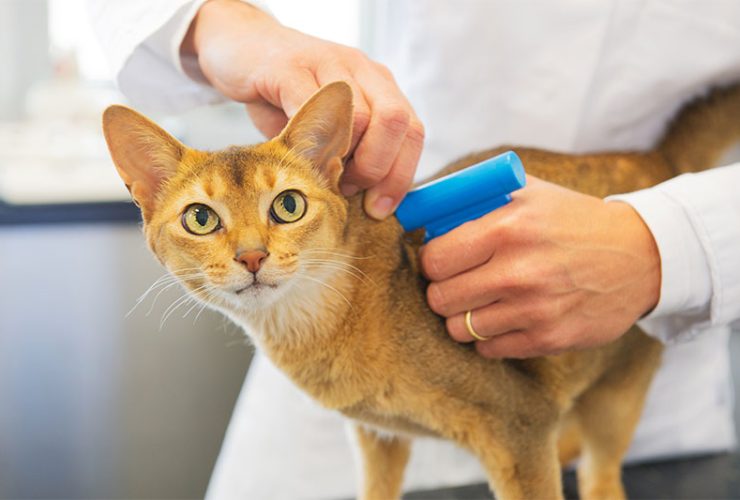
Feline diabetes is a growing concern among pet parents, especially with the rising prevalence of obesity in cats. As a loving cat owner, it’s natural to worry about your furry friend’s health and well-being. Understanding what feline diabetes is, how it affects cats, and how to manage it can help ensure your cat lives a happy, healthy life.
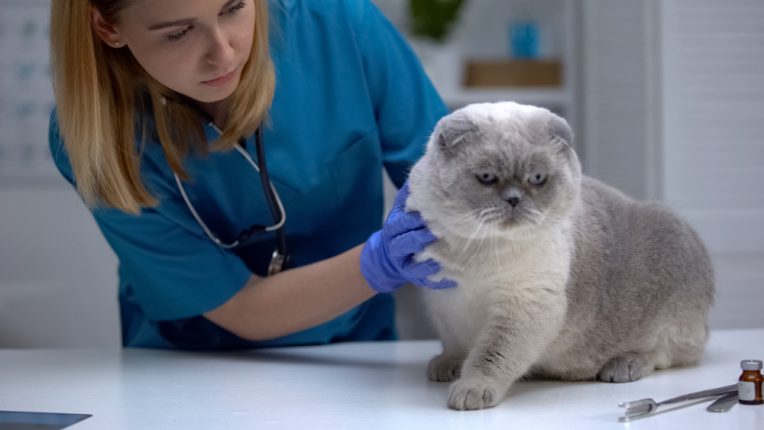
Understanding Feline Diabetes
Feline diabetes, or diabetes mellitus, occurs when a cat’s body cannot produce enough insulin or properly use it to regulate blood sugar levels. This results in elevated blood sugar, which can lead to various health issues if left untreated.
Obesity is one of the leading risk factors for feline diabetes, as excess weight can interfere with insulin’s effectiveness. Middle-aged and older cats, as well as certain breeds like Burmese cats, are more prone to developing the condition.
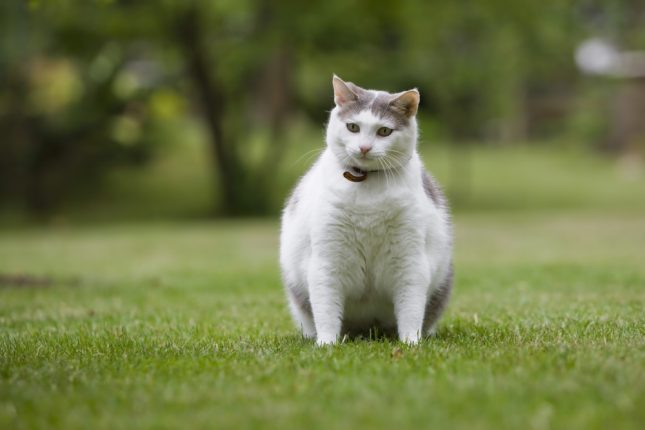
How Feline Diabetes Affects Cats
When a cat has diabetes, their body struggles to convert sugar from food into energy. This leads to several symptoms, including:/p>
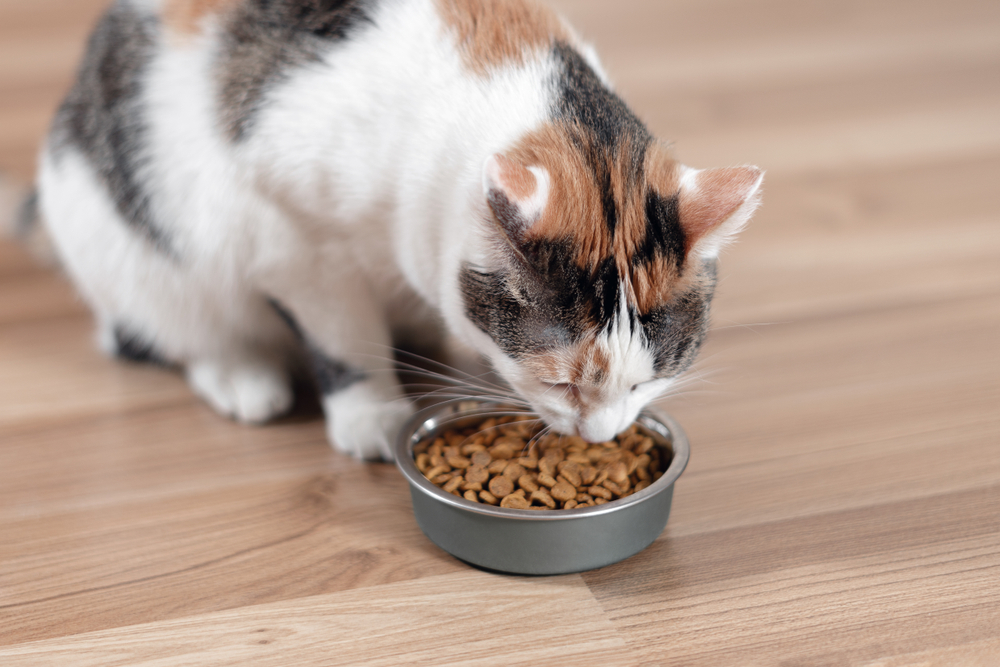
• Increased thirst and urination
• Unexplained weight loss
• Increased appetite or, in some cases, loss of appetite
• Lethargy or decreased activity levels
• Poor coat condition
Without treatment, feline diabetes can cause serious complications, such as nerve damage, muscle weakness, and even life-threatening conditions like ketoacidosis.
Tips for Managing Diabetes in Cats
While feline diabetes can seem overwhelming, it is manageable with the right care and commitment. Here are some steps to help your diabetic cat thrive:.
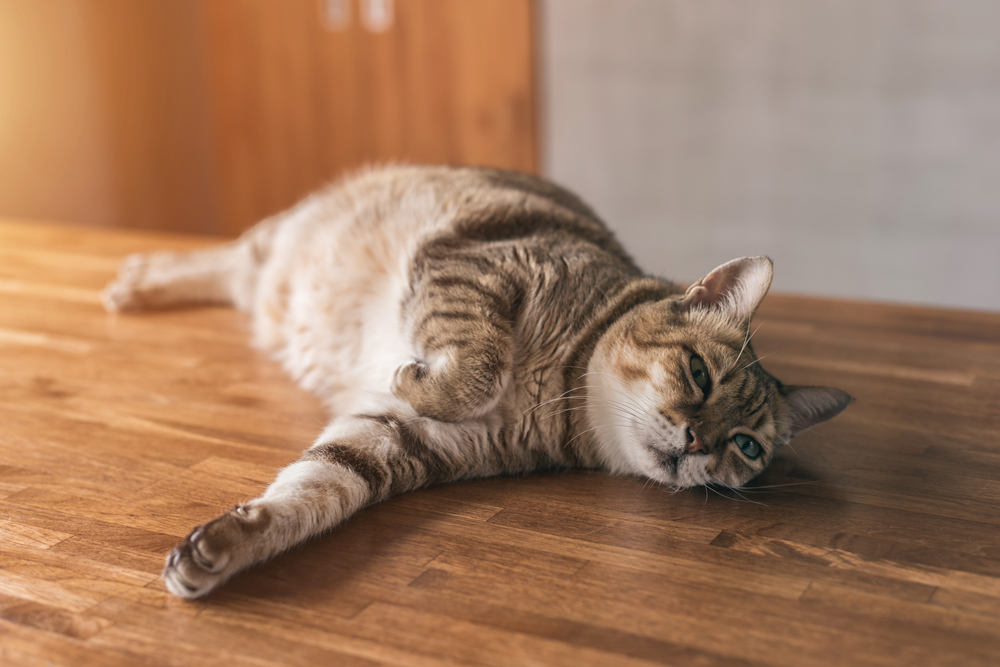
Work with Your Veterinarian
Regular veterinary visits are essential for diagnosing and managing diabetes. Your vet will help create a treatment plan tailored to your cat’s needs, which may include insulin therapy and dietary adjustments.
Monitor Blood Sugar Levels
Keeping track of your cat’s blood sugar levels can help you and your veterinarian make informed decisions about treatment adjustments.
Focus on a Healthy Diet
Cats with diabetes often benefit from a high-protein, low-carbohydrate diet. Consult your vet to choose the best food for your cat’s condition.
Encourage Regular Exercise
Maintaining a healthy weight through play and exercise can improve your cat’s insulin sensitivity and overall well-being.
Administer Medications Consistently
If your cat requires insulin, it’s vital to give it as prescribed. Missing doses or improper administration can lead to complications.
Watch for Warning Signs
Be vigilant about changes in your cat’s behavior, appetite, or activity levels. Early detection of complications can help prevent more severe issues.
Schedule a Wellness Check & Diabetes Screening For Your Cat Today!
If you’re concerned about your cat’s weight or notice signs of diabetes, don’t wait—early diagnosis and management are key. At Eastwaye Veterinary Clinic in East Goldsboro, North Carolina, we’re here to support you and your feline companion.
Schedule a wellness check or diabetes screening today to ensure your cat stays healthy and happy for years to come. Together, we can tackle feline diabetes and keep your furry friend purring with joy.
